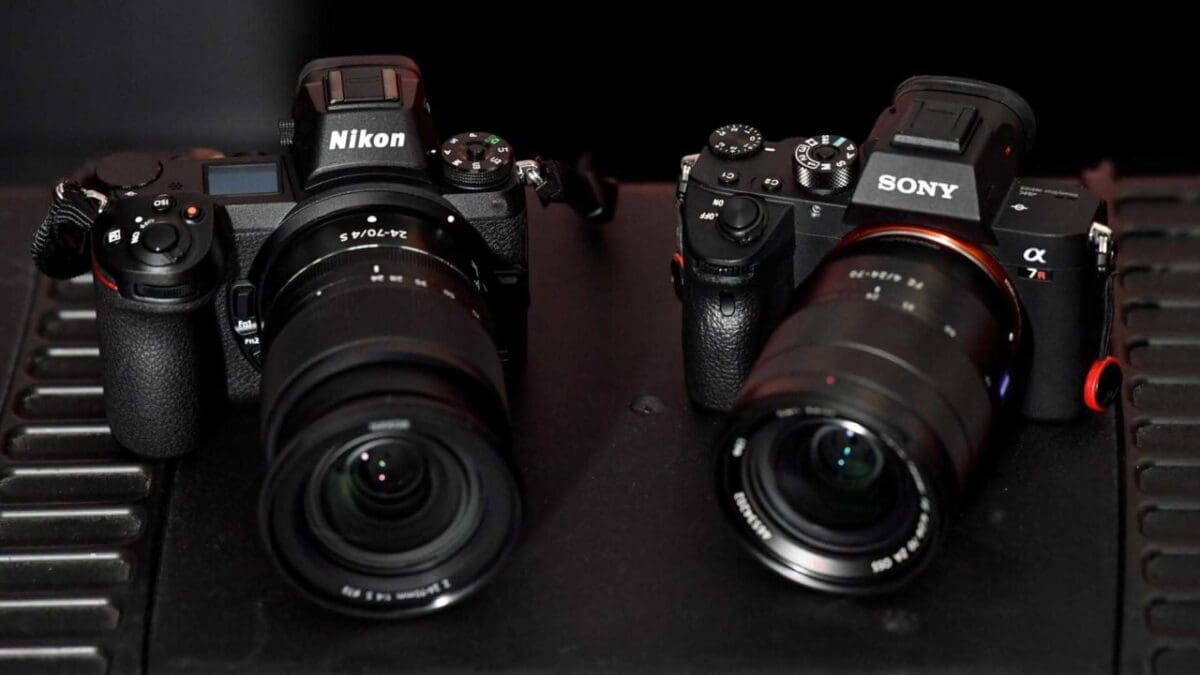In launching its new Nikon Z series mirrorless camera system, Nikon aims to reestablish itself as the number one full frame camera manufacturer. Sony has ripped up trees in the full frame market with its mirrorless A7 series and recently scored something of a coup taking the top spot for full frame mirrorless camera sales in the US.
The new Nikon Z6 camera is a serious rival to the Sony A7 III. So how do the current Nikon and Sony models compare? We take a closer look after shooting with the new Nikon Z6 and Sony A7 III.
Key Specifications
Snap verdict
The Z6 is impressive. The larger Z mount looks massive compared to the Sony E mount and the promise of a 58mm f/0.95 prime lens is something new and exciting for the market.
On first use, I was blown away by the big and bright EVF image, which is a key selling point alongside the new lens mount. The FTZ lens adapter makes the Z6 a viable proposition for existing Nikon shooters to switch immediately too, although the lack of a battery grip (although there’s one in development) and a single QXD card slot might deter some.
If you don’t already own Nikkor glass, the larger range of native Sony FE lenses might make the A7 III more attractive at this stage. But with a couple of fast primes and a standard zoom available for the Z6 at launch, Nikon has the basics covered.
If I was going out to buy one of these cameras in the next few months, I’d be buying the Z6 without a doubt.
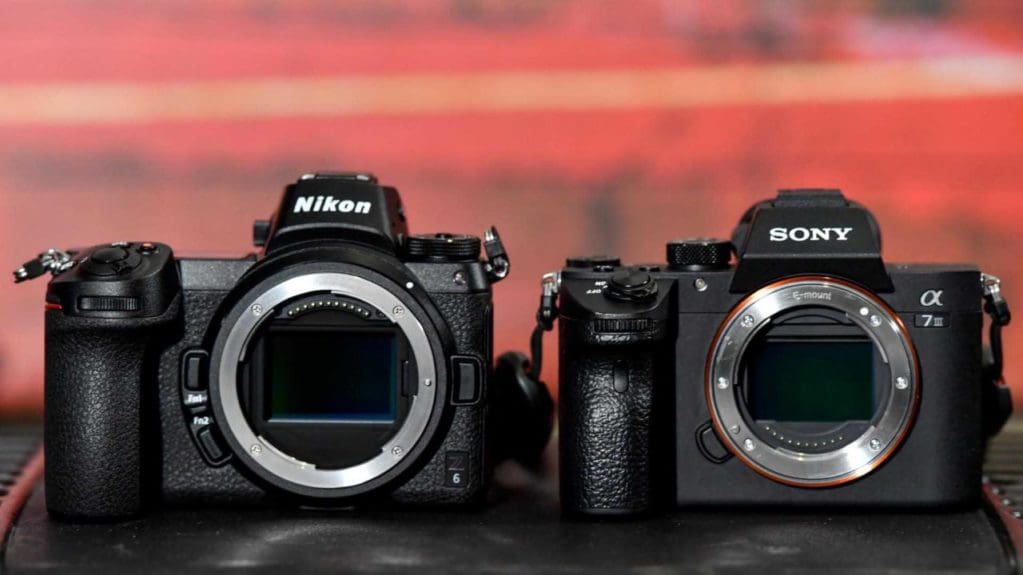
Sensor
Of the two Z series models, the 24.5Mp Nikon Z6 is intended as a direct competitor to the 24.2Mp Sony A7 III. Both feature Back-side Illuminated (BSI) sensor technology. This helps improve the light gathering capabilities of the sensor for improved image quality in low light. They also have the same native (ISO 100 – 51,200) sensitivity range and, 0.3Mp aside, the same resolution. So there’s no clear winner here and we call a tie at this stage.
Build Quality
The Nikon Z6 offers a similar ‘prosumer’ build quality to semi-pro DLSRs like the D850, featuring a magnesium alloy body with weather and dust resistance. That means it’s not quite as weather-sealed or tank-like as a full pro body like the Nikon D5.
My main complaint with mirrorless cameras generally is that they’re fiddly to use. But the Z6 features a reasonably sized handgrip, with a deep recess that is comfortable to use.
A battery grip to improve handling (especially for vertical shooting) is apparently ‘under development’ for the Z6. So it sounds like we might not see that for a while, which is a shame, and a potential deal-breaker for me.
The body design also only incorporates a single QXD card slot. This means there’s no instant back up, which might be of concern to some pros. More encouraging though is the illuminated top-plate LCD. This is very similar to the 2nd screen on the FujiFilm GFX, which is handy for quickly checking key shooting settings.
Size and Controls
Overall the Z6 is slightly bigger than the A7 III, but not by much. And the Sony A7 III is similar in terms of build quality (albeit with less weatherproofing). The A7 III includes dual SD card slots, however. Plus, with battery packs already available to double battery life and improve handling, that’s a win for the Sony at this stage.
The controls and features activated in use will have a significant bearing on battery life, but Nikon said the experience of its Ambassadors during real-world testing was around 650 shots, which is similar to the Sony.
The A7 III offers slightly more body-mounted controls, including 4 custom buttons, compared to 2 on the Z6 – or 3 if you include the joystick, which is also customisable to some degree.
The Z6 also features dual scroll wheels to adjust shutter and aperture in manual mode. There’s also an ISO button on the top plate, as we’ve become accustomed too on recent Nikons. And with white balance and focus controls assigned to the custom buttons, I have all the controls I want regularly in convenient places.
The custom buttons are quite close together and slightly awkward to reach in the handgrip recess, but I’m being a bit picky. Actually with slightly fewer body mounted buttons on the Z6 compared to the A7 III, I found it slightly less fiddly than many mirrorless cameras.
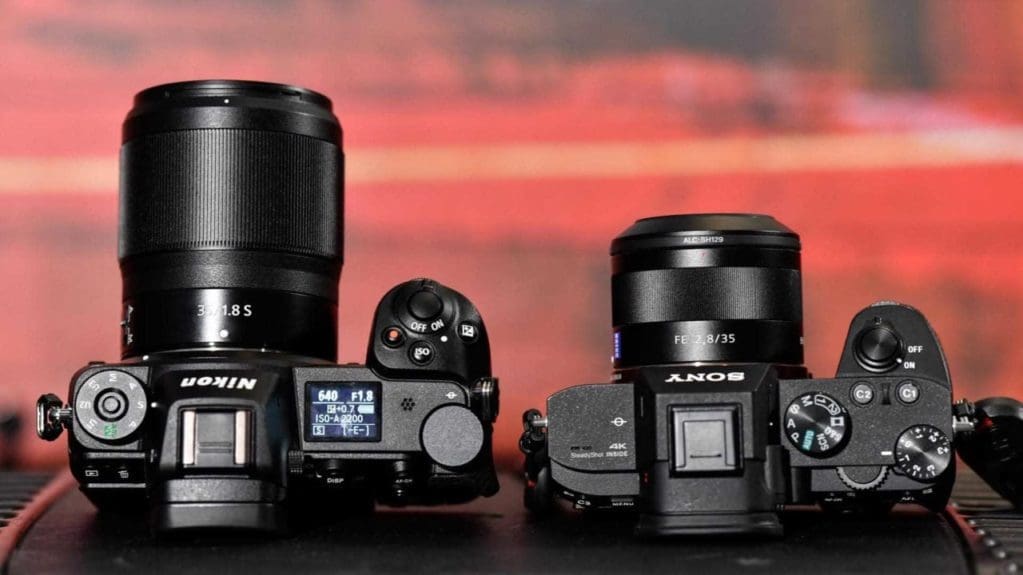
Autofocus
The Nikon Z6’s hybrid autofocus system offers 273 auto-focus points with automatic switching between focal-plane phase-detection and contrast-detection autofocus. Modes include face detection, Pinpoint AF, Single-point AF, Wide-area AF (Small), Wide-area AF (Large) and Auto-area AF. Helpfully, the autofocus points go close to the edge with 90% frame coverage.
Nikon claims up to -4Ev focusing using lenses with an f/2 or wider maximum aperture and accurate tracking of both small and fast moving objects in any light.
The autofocus system has been a key selling point for the Sony A7 III, which also offers a hybrid phase/contrast detect system, with similar autofocus modes and slightly increased frame coverage of 93%.
Boasting 693 autofocus points, on paper the Sony A7 III’s autofocus system has the edge.
The A7 III scores another win with its Eye AF. This is really useful for portraits, weddings and candid photography because it gets the focus bang-on the subject’s eyes. It even works in continuous AF mode. Sadly, the Nikon Z6 doesn’t have an Eye AF mode.
Autofocus Comparison
We’ve now been able to shoot with both cameras side by side and it’s interesting to see how their AF systems compare. When shooting a football match with lots of players milling around on the pitch, it was very difficult to separate the two cameras. Both do an excellent job of getting the target sharp.
However, when there’s a single object moving in the frame, the Sony A7 III’s AF system does a bit better than the Z6’s. When the Tracking mode is activated, the Z6 can be a bit unpredictable and we found it best to use a specific AF area. This means keeping the active zone over the subject, but the camera does a good job of getting it sharp in most cases.
Meanwhile, the Sony A7 III’s Wide Focus Area and Lock-on AF modes do a good job of staying with the subject. This makes life a bit easier as the AF system automatically tracks the subject around the frame.
Without question, the Z6’s AF system is fast and effective enough for shooting sport and action, but the Sony A7 III’s AF system has the edge.
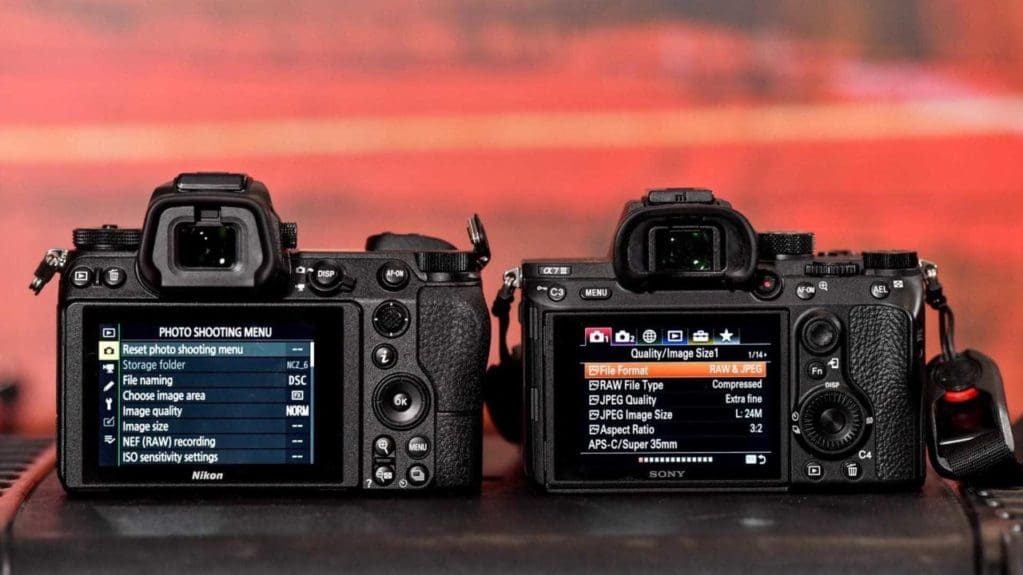
Electronic Viewfinder
With the mirror boxes removed to facilitate the smaller design, the performance of the electronic viewfinder (EVF) is critical in mirrorless cameras. The Z6 includes a 3.6m-dot (QUAD-VGA) OLED EVF with frame coverage and magnification of 100% and 0.80x, as well as a 37-degree viewing angle.
The Sony A7 III EVF offers the same 100% frame coverage, with a similar 0.78x magnification, and similar OLED display for good contrast and deeper blacks, but with a lower 2.4m-dot (XGA) resolution.
Nikon claims its superior optical and image processing technologies have allowed it to produce an EVF comparable to that of an optical viewfinder and I agree. It was one of the standout features of the new camera for me, as I was blown away by the large, bright and crisp view the EVF offered.
In low light, with fast moving subjects, I didn’t notice any ghosting or delay, and it was a clearer image than in the Sony A7 III EVF. A big win here for Nikon.
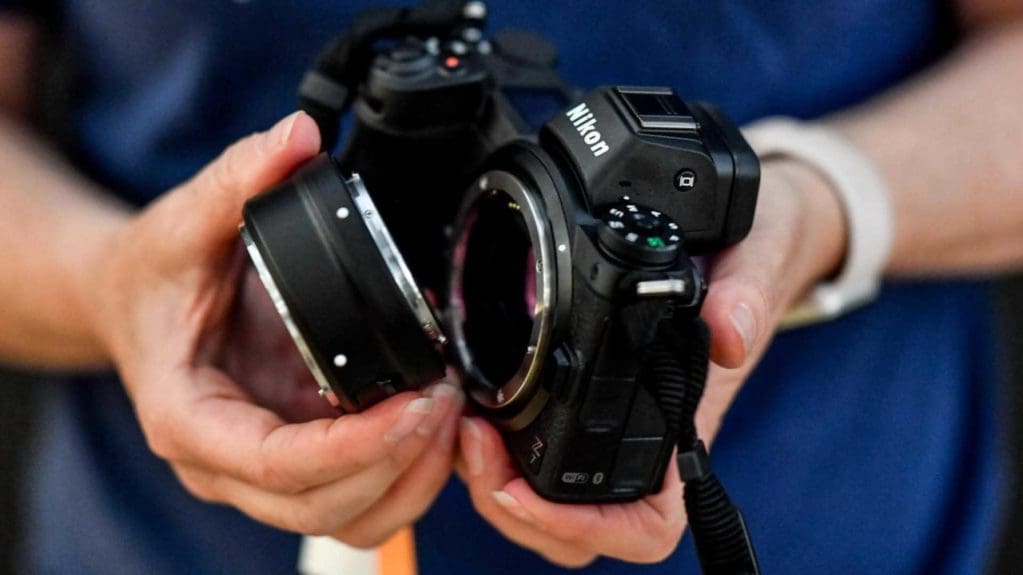
Lenses
With 5 years of full-frame mirrorless development under its belt, the Sony FE range now extends to 20 lenses, covering ultra wide-angle through to super-telephoto focal lengths, zooms and ‘fast’ aperture primes. Add to that the growing range if 3rd party FE mount lenses available and there’s plenty of choice for different types of photography on the Sony system.
In comparison, the new Nikon Z range is currently limited to 3 lenses on launch, including the 24-70mm f/4 standard ‘kit’ lens, as well as 35mm and 50mm f/1.8 prime lenses. More Nikon Z mount lenses are promised in due course, with 20mm and 85mm f/1.8 primes, 24-70mm and 70-200mm f/2.8 zooms and an ultra-wide 14-30mm f/4 coming in 2019, as well as a 50mm f/1.2, 24mm f/1.8 and 14-24mm f/2.8 in 2020.
Lens Mounts
The larger new Nikon Z mount has a diameter of 55mm compared to 46.7mm for the Sony E mount used on the A7 III. It’s startling to see how much bigger that is with the cameras side-by-side. Crucially, it makes very wide aperture lenses possible, with a mouth-watering 58mm f/0.95 prime lens is promised in 2019. Of course, a lens of this spec is not going to be cheap or particularly small, but it opens up new shooting and creative possibilities currently not readily accessible on mirrorless cameras, which is exciting.
If you’re an existing Nikon shooter with a bag of Nikkor glass, the lack of native Z mount lenses is offset somewhat by the FTZ lens adapter, which enables the use of 93 Nikon F lenses with full autofocus and auto-exposure capabilities and some compatibility with up to 360 F mount lenses.
Nikon claims the FTZ adapter offers no compromise in performance and image quality, as it’s essentially just adding back in the flange distance removed from the mirrorless camera design, and in testing the autofocus seems as snappy as usual.
Stabilisation
The Nikon Z6 also features an in-camera, 5-axis, sensor shift, image stabilisation system, that’s effectively the same as the Sony A7 III, with both systems claiming up to 5-stops of ‘camera-shake’ reduction. Again this is a big deal for existing Nikon shooters who can now get sharper shots at slower shutter speeds using existing non-VR Nikkor F mount lenses they already own via the adapter. The Nikon system is designed to work in tandem with the Nikon VR lenses in much the same way as the Sony SteadyShot system does.
I think we call a draw here.
Whilst the Sony system offers significantly more native lenses for photographers looking to invest in a new system, the FTZ adapter means the Z6 isn’t overly restricted and will be of particular interest to those Nikon shooters thinking of switching. Add to that the larger Z mount and there are some exciting lens possibilities on the horizon with the new Nikon system that I’m sure the 3rd party manufacturers will be keen to explore in due course.
Continuous shooting
For high-speed continuous shooting, the Nikon Z6 offers 12fps, capturing 12-bit RAW, JPEG or TIFF files recorded in Continuous High extended mode. That’s a couple of more frame per second compared to the Sony A7 III at 10fps, so the Nikon wins, but in reality, both are perfectly adequate for most high-speed shooting.
LCD Screen
The Nikon Z6 features a tilting 3.2-inch 2.1m-dot touch-screen LCD, compared to the slightly smaller, lower resolution, 3.0-inch 921k-dot touch-screen LCD on the A7 III. Nikon also makes much greater use of the touch-control so that’s another win here for Nikon.
Video
Video is another key selling point for Sony mirrorless cameras, with the A7 III offering 4K at 30p, as well as full HD 1080/120p capture for super slow motion effect in post-production. For serious videographers, the latest Sony mirrorless cameras also offer picture profiles for capturing LOG and HLG footage for improved colour grading and dynamic range in editing. There are microphone and headphone jacks, zebra warnings for exposure, focus peaking aids and good autofocus, with tap-to-track controls.
Historically video hasn’t been a strong point for Nikon, but the company understands the importance of it, particularly in the mirrorless space with lots of multi-media creators preferring this format. The Z6 supports 4K at 30p and full HD 1080 at 120p, so the same as the Sony, but with full-pixel read-out promising improved sharpness. Recording in Nikon N-log profile for improved colour grading is also possible, with 10-bit HDMI output to an external recording device, but not internally to the QXD card.
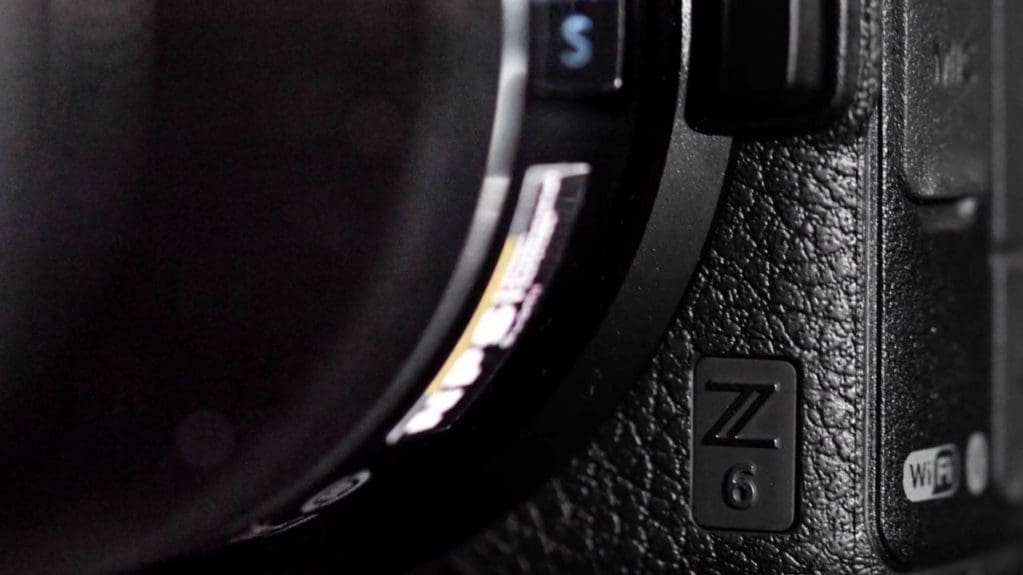
Conclusion
The new Z series is important for Nikon as it looks to take back its crown as the number 1 full frame camera manufacturer. Developing the new Z lens mount is a bold move that underlines the aspirations it has for full frame mirrorless cameras going forward.
First generation iterations of any product usually have some kinks to iron out. Nikon’s vast heritage and experience in camera and lens design mean it’s really hit the ground running with the Z6. The promise of a f/0.95 lens is an exciting development for creative photography and the FTZ adapter means existing Nikon shooters can switch immediately and retain all their expensive F mount lenses.
The big and bright EVF is a joy to use and offers tech advantages of face detection autofocus, focus peaking, info overlay and instant image review all without moving the camera away from your eye.
The lack of a battery grip initially and only a single QXD card slot isn’t ideal and may deter some more seasoned pros from switching initially. But those minor gripes aside, the Z6 is a stunning introduction to the full frame mirrorless market for Nikon. With more big players entering this space it can only drive innovation, specs and performance of mirrorless cameras forward and it’ll be interesting to see how Sony responds.
Exciting times.
